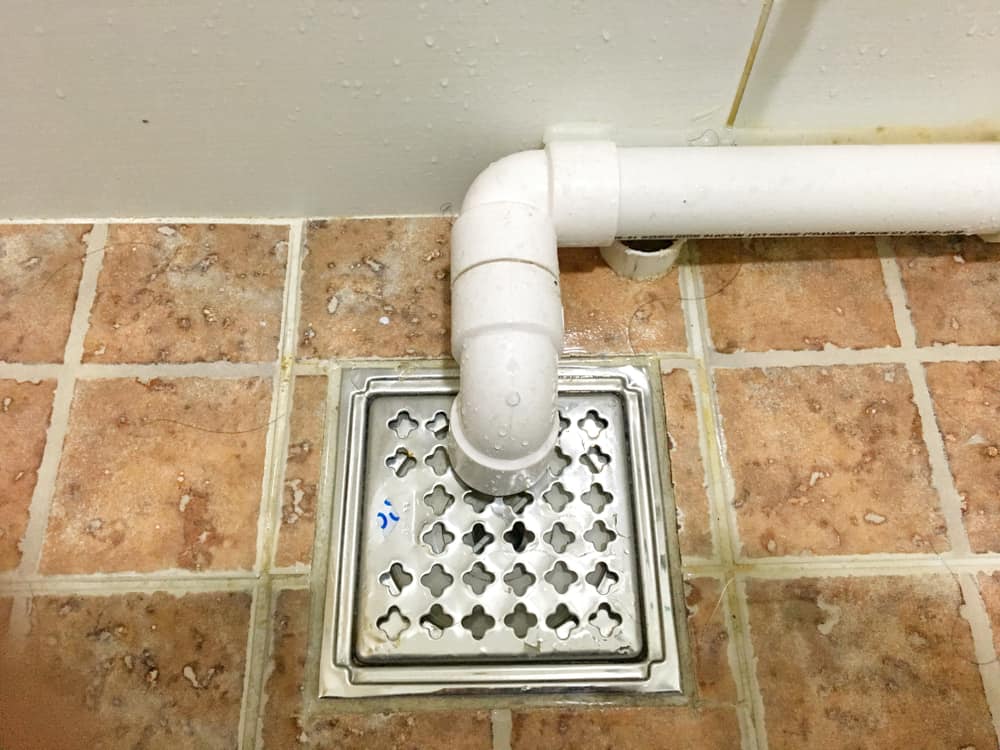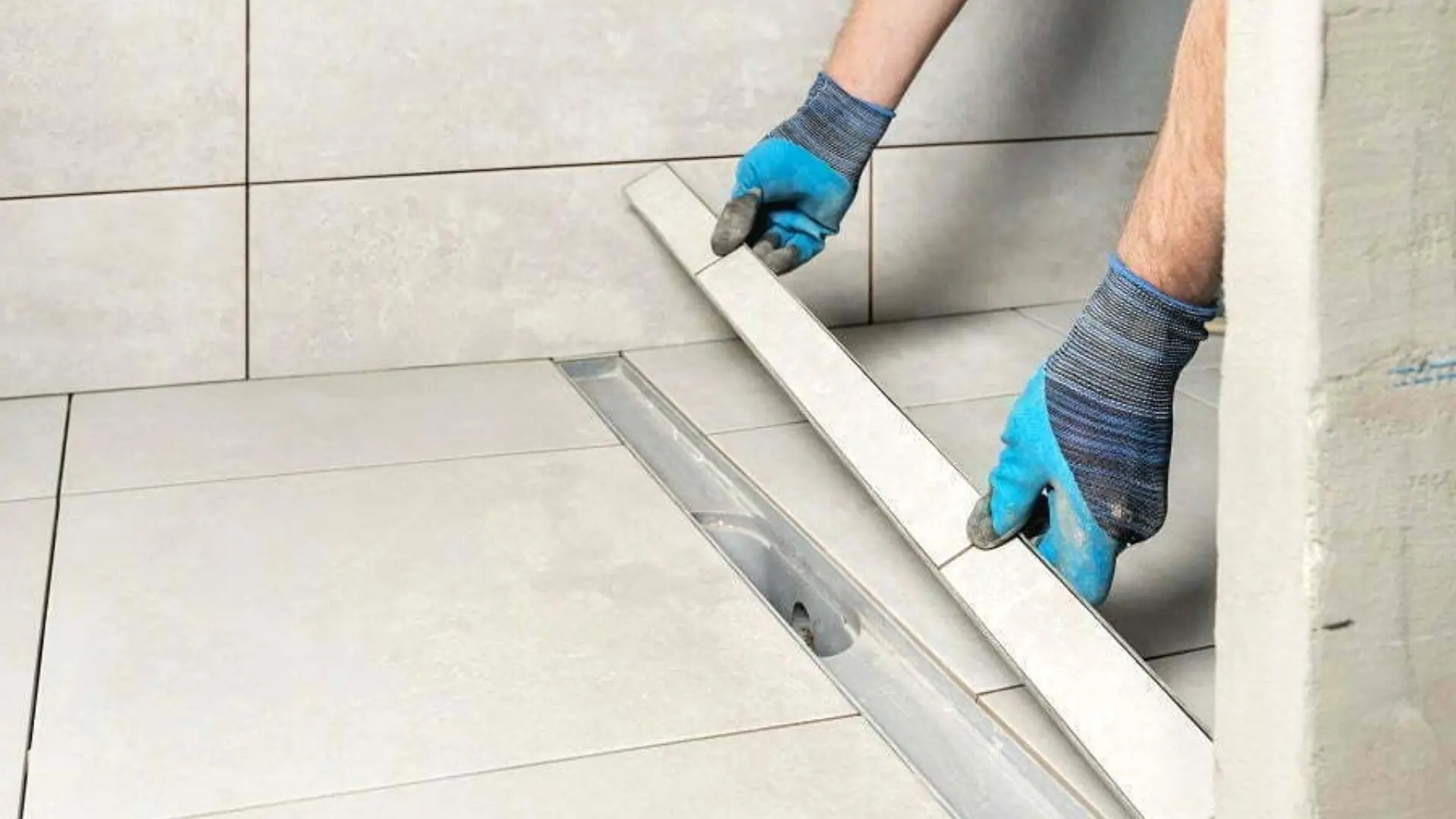On this page below you will discover some superb additional info in relation to How to Install a Shower Drain.

Upgrading a bathroom is just one of the much more prominent house enhancement jobs. Managing the plumbing for draining your shower can be extremely basic unless you overdo it.
Handling Your Own Shower Drain Installation Task
You can literally construct an enthusiast for your new shower, but you really require to think of it. Do you actually wish to enter into the complications of getting the sloping proper, not to mention seeing to it every facet of it is water-proof? As well as I imply every aspect! It is a lot easier to just purchase a pre-cast enthusiast online or at your regional Lowes, House Depot or hardware shop. Building one might seem like a wonderful concept, but you will possibly feel differently after a number of hours.
Regardless of just how you tackle getting a frying pan, you must strive to utilize one that has the drain situated in the exact same spot as the initial frying pan. Relocating the drain pipelines can be a job, particularly if the builder made use of a special framework structure. If you are determined to relocate the drain, you are mosting likely to have to reduce the pipe or extend it, which may suggest ripping up huge pieces of the flooring. Put another way, you are mosting likely to be taking a look at a numerous weekend job.
Assuming we have our drainpipe lined up, the actual link is fairly basic. The water drainage pipe must be facing upright approximately the collection agency. It will certainly frequently resemble a "U", which implies it functions as a cleanout to maintain nasty scents from returning up from the drain. To link the drainpipe, you are going to produce a water limited connection between a drainpipe cap on the top of the frying pan and the drain pipeline. Systems vary, yet you are typically going to do this by placing a combining piece on the top of the drain pipeline. This is after that covered with gaskets and actually screwed right into the drainpipe cap. The drainpipe cap should function as a locknut, to wit, it screws straight onto the combining.
The tricky part of this process is obtaining your drainpipe cap to match a watertight position in the pan. This is completed by withdrawing the drainpipe cap once you are sure whatever meshes. Then, you placed plumbers putty around the underside of the cap and after that screw it back on. The putty ought to develop a limited seal in between the cap and also the shower pan, which maintains water from flowing under it and also right into the mounting under the shower.
Obviously, bathroom showers come in a wide range of styles these days. If you purchase a collector, they almost always come with plumbing instructions or the shop can keep in mind anything uncommon you need to recognize. It sounds complex, but is generally pretty straight forward. Have fun!
Whether you are a bath tub or shower individual, most people seek shower just choices when getting a house. This easy fact means greater than a couple of house owners spend a weekend updating or mounting showers in their shower rooms. Thankfully for you, it is a relatively easy process.
A collector or frying pan refers to the horizontal surface area situated at the bottom of the shower. The collector commonly includes a non-slip surface a little banked in the direction of the center or wherever the drainpipe is located. Combined with 3 to four inch wall surfaces around the side, the objective of your shower drainage plumbing is to obtain the water to stream to and away.
Tips for Installing a Shower Drain Assembly
Renovating a bathroom can be exciting as well as fulfilling if you’re tackling the job DIY-style. After you cross off the bigger decisions such as tile style, paint colors, and fixtures, you’ll need to finalize smaller details – such as the shower drain. In this article, we’re sharing some tips for selecting and installing the right drain assembly for your updated shower.
What is a shower drain assembly?
Shower bases or pans typically only come with a pre-drilled drain hole. Since the pan slopes toward the drain, you should consider the placement – left, center, or right – when designing your shower. You’ll need to purchase and install a shower drain assembly that connects the shower pan to the drain pipe underneath the shower. There are a few types of assemblies, which will be covered below.
Size of a shower drain
When it comes to installing drains, size matters. The recommended pipe size for a shower drain is 2 inches, whereas most tubs use 1.5-inch pipes. Why the difference?
Shower pans are shallower than tubs, so there’s a higher risk for overflow. So, the larger pipe allows for quicker draining. If you are replacing an old tub with a newer stand-up shower, you will need to make additional plumbing adjustments to accommodate the 2-inch pipe.
Types of shower drain assemblies
There are three common types of shower drain assemblies: compression shower drain, solvent-glue shower drain, and tile shower drain. The layout, design, and materials of your shower can determine which type of shower drain assembly will work best.
Compression shower drain
This type of assembly attaches to the drain pipe with compression washers and nuts. The drain fitting is typically installed into the base, and then the base is installed into the bathroom floor. This makes compression-style drains easier to install than other options, particularly if you don’t have easy access from the floor under the shower base. Drains are available in a wide range of materials such as PVC (polyvinyl chloride), ABS (Acrylonitrile Butadiene Styrene), and brass, and can be used for acrylic, fiberglass, and steel shower bases.
Solvent-glued shower drain
Made of either polyvinyl or ABS, this type of shower drain is sealed to the drain pipe with solvent glue and silicone. Since you’ll be working underneath the drain pan, we only recommend using this type of drain if you have access under the shower, such as from a basement or crawlspace. It’s also important that you match the type of plastic of the drain with the drainpipe. If you take these precautions, you can install a solvent-glued drain assembly with acrylic, fiberglass, and steel shower bases.
Tile shower drain –
Drain assemblies for custom tile showers feature a waterproof membrane liner placed between two flanges. The tile is installed on top of the liner, collecting any water that seeps through the porous grout. A metal strainer is installed in line with the tile over the drain.
https://www.epshawaii.com/blog/tips-for-installing-a-shower-drain-assembly/

I have been very interested in How to Install a Shower Drain in a Basement and I really hope you liked the article. You should take the opportunity to share this blog entry if you enjoyed it. Thanks for your time. Come back soon.